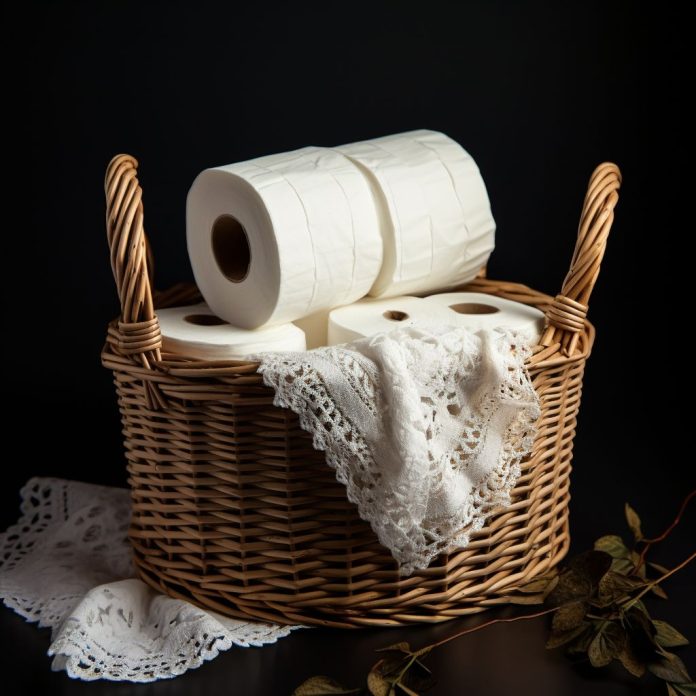In the realm of everyday necessities, few items are as ubiquitous as toilet paper. A product that often goes unnoticed in its sheer prevalence, toilet paper, nonetheless, plays a vital role in our daily lives. But have you ever stopped to ponder why toilet paper is almost universally white?
Why, among the myriad of colors and patterns that could potentially adorn this indispensable commodity, does the pristine shade of white reign supreme? This article delves into the intriguing history and myriad reasons behind the seemingly simple yet highly significant question: Why is toilet paper white?
Historical Perspective
The history of toilet paper can provide some insights into its coloration. Toilet paper’s origins date back to ancient China, where it was first developed during the 6th century. Back then, it was made from a variety of materials, including rice paper, bamboo, and other plant-based fibers. These early versions of toilet paper were typically unbleached and retained their natural colors.
The use of white toilet paper became more prevalent in Western countries during the late 19th and early 20th centuries. Advances in paper manufacturing and bleaching processes made it possible to produce white toilet paper, which was associated with cleanliness and purity. This association with cleanliness likely played a significant role in establishing white as the standard color for toilet paper.
Perception of Cleanliness
White has long been associated with cleanliness and purity in many cultures around the world. This perception is deeply ingrained in our minds, and we tend to associate white with hygiene. As a result, white toilet paper is often seen as the most sanitary choice for personal hygiene.
When we see white toilet paper, it gives us the visual assurance that it is clean and free from impurities. This psychological effect contributes to the continued popularity of white toilet paper.
Bleaching Process
The bleaching process is a crucial factor in determining the color of toilet paper. Toilet paper is typically made from wood pulp, which is naturally brown or beige. To achieve the pristine white color that consumers expect, manufacturers use a bleaching process. Chlorine dioxide, oxygen, or hydrogen peroxide are commonly used to bleach the pulp and remove any remaining color.
This bleaching process not only whitens the paper but also helps to eliminate bacteria and other potential contaminants, enhancing the product’s hygiene and safety.
Versatility
Another reason for the prevalence of white toilet paper is its versatility. White toilet paper can be used in various settings, from households to commercial establishments and public restrooms. Its neutral color fits well with a wide range of bathroom décor and doesn’t clash with existing color schemes.
Additionally, white toilet paper is less likely to leave visible residue or lint behind, which is important for maintaining the cleanliness of bathroom fixtures and clothing.
Consumer Expectations
Consumer expectations play a significant role in the color choice of toilet paper. Over time, white toilet paper has become the industry standard, and consumers have come to expect it. Many people associate colored or patterned toilet paper with lower quality or discomfort, even though this may not always be the case.
Conclusion
The whiteness of toilet paper is not merely a matter of tradition; it’s deeply rooted in historical, psychological, and practical factors. White toilet paper is perceived as clean and hygienic, and its production involves a bleaching process that ensures its purity. Versatile and meeting consumer expectations, white toilet paper has become the norm in households and public restrooms worldwide. So, the next time you reach for a roll of white toilet paper, you’ll have a better understanding of why it’s the prevailing choice for many.

